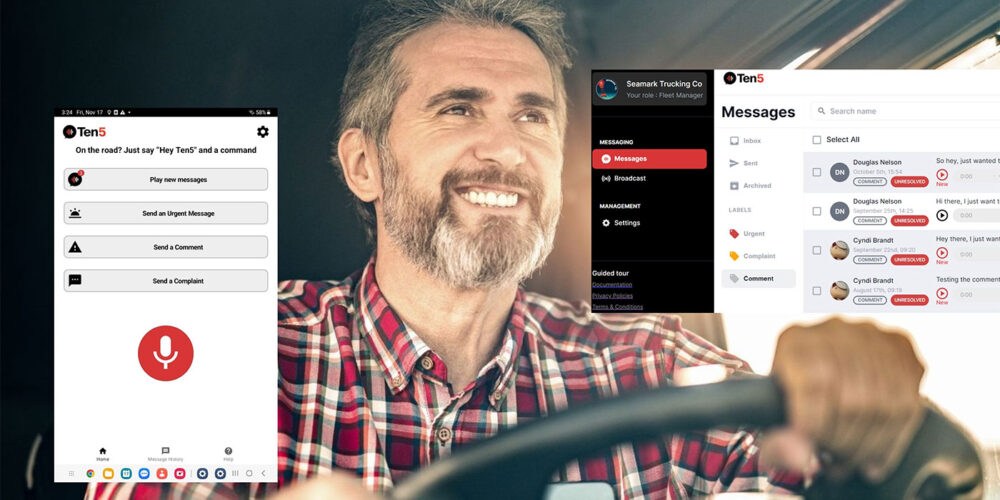The Environmental Protection Agency (EPA) was recently asked to accelerate the timeline for enacting new regulations regarding NOx emissions from trucks. While the EPA admits that more stringent standards are needed to reduce nitrogen oxide (NOx), emissions from heavy-duty trucks, buses and other diesel vehicles, the agency rejected calls from a coalition of state governments, air quality districts and environmental groups to speed up the timeline for enacting new regulations. Among those petitioning the agency were states and local environmental agencies in California, Connecticut, New York, Massachusetts, Rhode Island and Washington, which urged the EPA to speed up the rule-making process to develop ultra-low NOx emissions standards for on-road heavy-duty engines so that they would go into effect with 2022 model year vehicles.
It appears that the local environmental agencies were reacting to President-Elect Trump’s nominee to head the EPA, Scott Pruitt, who questions the existence of global warming and the importance of stopping it—and has been a part of a coalition of state attorneys general suing to block the EPA’s Clean Power Plan.
The petition submitted by the state agencies requested that the notice of final rule-making be moved to Dec. 31, 2017. The EPA has rejected the request, saying a condensed timeframe for launching new NOx emission standards isn’t feasible; however, the agency stated that it intends to start working on the proposed rule-making and proposed standards, which could begin in model year 2024. This time frame is consistent with the lead time requirements of the Clean Air Act and is aligned with a milestone implementation year for the EPA heavy-duty Phase 2 Greenhouse Gas (GHG) program, according to the EPA.
As Fleet Equipment reported in August of 2016, the EPA and the National Highway Traffic Safety Administration (NHTSA) issued new greenhouse gas standards that will force manufacturers to reduce carbon emissions from a wide range of commercial trucks, buses and cargo vans in three phases.
Phase 2 includes technology-advancing, performance-based standards, which will be phased in over the long term, with initial standards for most vehicles and engines start in model year 2021, increasing in stringency in model year 2024, and culminating in model year 2027. The EPA also plans to work closely with the California Air Resources Board (CARB) to consider the development of a new harmonized federal and California program to reduce NOx emissions from heavy-duty on-highway engines and vehicles. The program could be adopted not only by the EPA, but also by CARB, in order to maintain a 50-state program.
Concerns raised
During the Phase 2 rule-making process, the EPA said it had received concerns from trade groups, truck makers and engine manufacturers urging the agency to consider the relationship with CO2 and NOx before setting lower NOx standards.
The American Trucking Associations said that, as an industry working across state lines, it believes air quality and emissions regulations should be done exclusively at the federal level and that states should not be allowed to create de-facto national standards outside of the federal regulatory process.
Fleet Equipment will continue to cover the issues related the EPA’s emissions regulation activities and to the enactment of GHG Phase 2.













